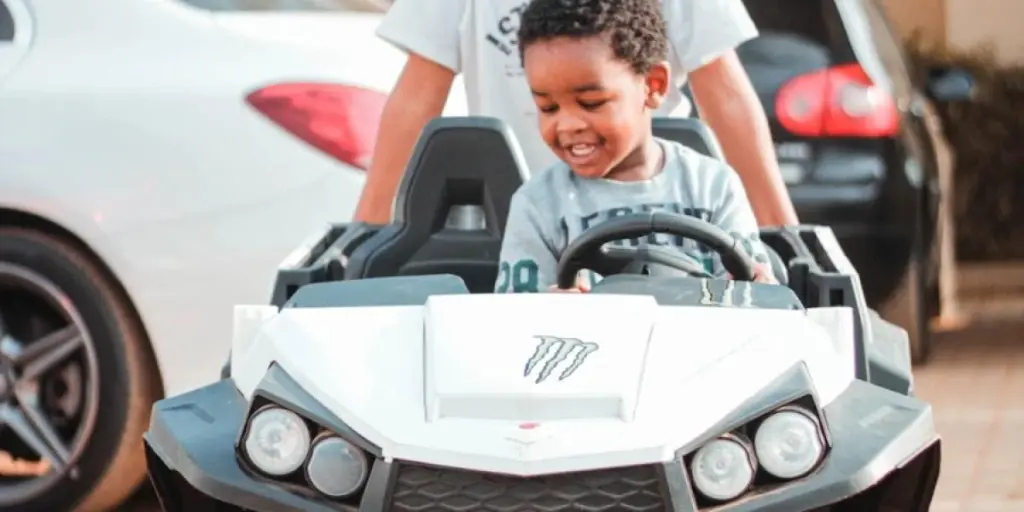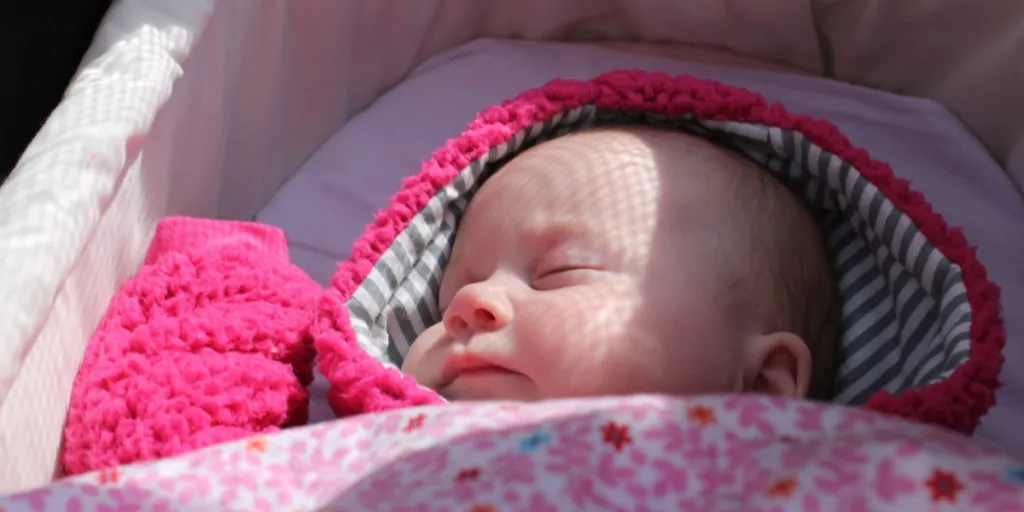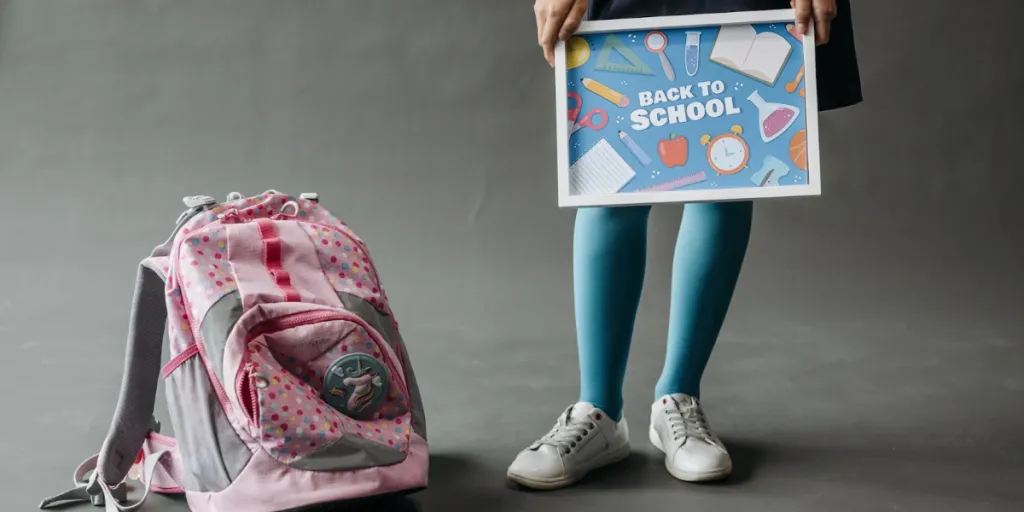Selecting safe and reliable ride-on cars can be challenging, especially when there are endless options available with varying features. Safety is paramount, and we will discuss key points to assist readers in selecting the right vehicles for young drivers. We cover everything from design to speed and battery in a few quick scrolls.
Table of Contents
Overview of the global ride-on cars market
9 factors to consider before purchasing ride-on cars for kids
Get set and go
Overview of the global ride-on cars market
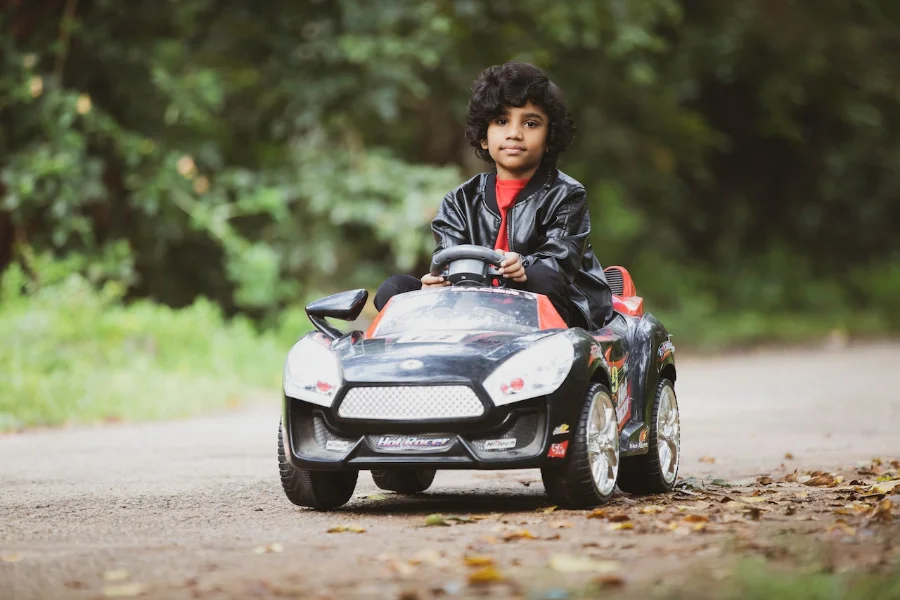
The global ride-on toy market was valued at US $53.55 billion in 2021 and is expected to grow at a compound annual growth rate (CAGR) of 5.6% between 2021 and 2030. Consistent investment in technology and robotic cars, as well as the entry of new companies and product innovation, has resulted in market expansion.
Furthermore, advanced features such as extended battery life and improved safety have contributed to its success. Electric ride-on cars accounted for the largest market share and can be controlled via remote control by parents. The leading companies in this field are Kid Trax Toys, Peg Perego, Jakks Pacific Inc, and Toy House Inc.
With major safety concerns among parents, it is important to ease all of their worries with the finest options. This article will give readers insights into how to pick the most component ride-on cars available today.
9 factors to consider before purchasing ride-on cars for kids
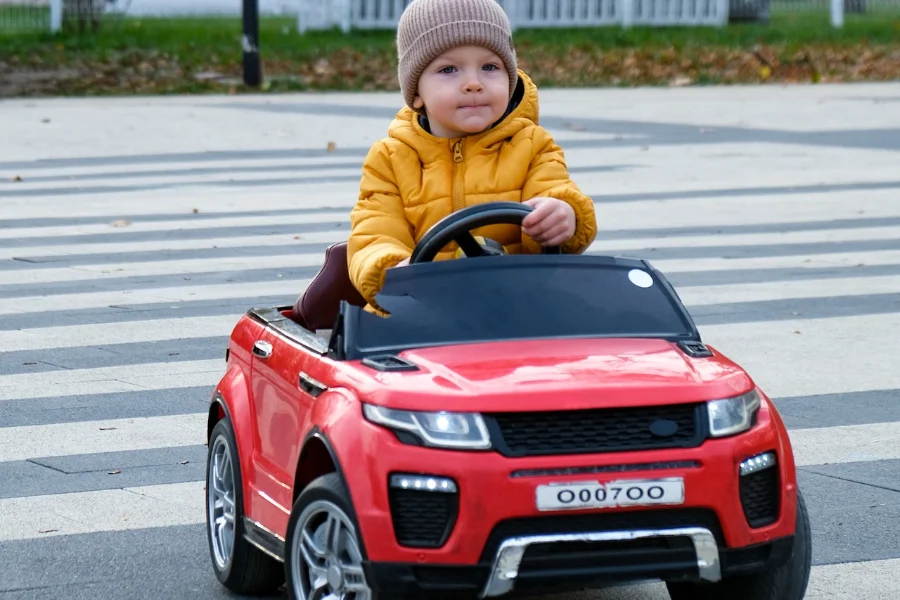
1. Safety
Even though ride-on cars run the risk of colliding with various objects, some features can help mitigate these risks. Basic ride-on cars do not have brakes and are intended to be stopped or slowed down by a child’s feet. Luckily, standard cars have remote control features that allow parents to control the motorized ride from a distance and avoid mishaps.
When buying a motorized ride-on, there are a few things to consider. Ensure the child cannot access the battery box even if they try. Additionally, seat belts are a recommended safety feature for all automobiles. Even with safety features, many manufacturers advise consumers to drive outside while wearing protective gear like helmets.
2. Age range
Ride-on cars are designed for various age groups, so selecting the right vehicle depends on the child’s age and driving skills — balance and coordination. These cars also come in several shapes and sizes, and putting a child in something they cannot handle is dangerous. As a result, it is advised to adhere to the manufacturer’s recommended age and weight.
Foot-powered cars with steering wheels are an excellent choice for children aged one to two years and do not require parental supervision. Children can push themselves around in the car using only their feet. Ensure that these toy cars have safety features such as seat belts.
Children as young as two can drive and steer battery-powered cars. However, to avoid collisions, parents are advised to monitor their children. Because motor skills are not fully developed at this age, remote-controlled care is the best option, as parents can take control.
Children over the age of 5 will enjoy the large 2-seater ride-on cars. Most of these cars do not have a remote control option, but most children can easily navigate the system alone. Furthermore, cars with large wheels are the best option if the child is driving on grassy or rough terrain.
3. Speed
Most powered ride-on cars have a speed somewhere between 3 to 19 km/h. However, there are a few models that can reach speeds of up to 32 km/h, which may not be suitable for younger children. It is recommended to check the maximum speed of cars before deciding on a model to ensure the safety of children while riding.
4. Motor and battery
A car motor is a device that propels the vehicle forward or backward and is typically mounted on the rear wheel. Most RC cars are equipped with either one or two mo, and the dual motor ride-on has a motor in the back left and back right of the wheel, boosting performance.
Dual-motor vehicles can transport heavy children at a steady pace and provide a smoother ride. Single-motor RC cars will have the same speed as dual-motor RC cars but may slow down as their weight increases. As a result, one-motor vehicles are ideal for children weighing less than 35 pounds.
Although a bigger size is always better, 12V is the ideal battery for ride-on cars. A larger battery means higher speed. However, most standard cars for smaller children have a 6V battery which is considered safe.
5. Battery life
Depending on usage, the typical battery life for most powered vehicles ranges from one to two hours. This varies depending on the capacity of the batteries, which can be 6V, 12V, or 24V. The battery may take 8 to 10 hours to charge fully. For families with more than one child, a high-powered ride-on will be more suitable as it can provide more uninterrupted playtime.
It is also advised to follow the manufacturer’s instructions regarding safe storage and battery temperature. This is because they cannot be stored in areas with high temperatures, which may hamper the battery life.
6. Quality and built
The market offers a variety of toy car styles, ranging from SUVs to ultra-luxury supercars such as Ferraris, quads, pedals, and small cars that you push with your feet. RC cars are designed to look like real cars, with some brands paying licensing fees to car manufacturers.
As a result, authorized RC cars are of the highest caliber, are secure, and have an authentic appearance. However, they are typically more expensive than the standard models. Famosa, Rastar, and Injusa are among the leading RC manufacturers.
7. Remote control
A remote-controlled car has several advantages, including the ability for a child as young as 18 months to ride on it and gain early driving experience. Some models allow babies as young as 12 months, though this depends entirely on the baby’s size. While the child is seated, parents can operate the vehicle independently.
One thing to check with remote control cars is their frequencies. The majority of ride-on cars operate at a frequency of 27 MHz. There are, however, other models available that have a 2.4 GHZ frequency. Parents can put away the remote control once their child reaches the age of five and can operate the car using the pedals and steering wheel.
8. Seating capacity
Most ride-on cars are one-seaters, but larger SUVs or off-roaders can have two or more seats. One-seaters are ideal for those looking for compact vehicles that can be easily stored or driven inside the home. However, driving such cars inside the house is not recommended because they can damage furniture if not handled properly.
9. Other features
Some ride-on vehicles offer parental speed control, allaying many parents’ worries. They have a fully-fledged remote control feature that lets parents oversee each movement. However, this feature may not be necessary for low-speed vehicles. Rather, it is entirely based on the needs and age of the child.
Other modern features that one can look for include USB, Bluetooth, and AUX ports for music. Others include flashlights, seatbelts, doors, and horns for a realistic experience.
Get set and go
This article gave readers a quick guideline for choosing the best ride-on cars for kids while emphasizing safety and enjoyment. Powered ride-on is a popular item today, with many parents seeing them as the perfect gift for their children’s birthdays or Christmas.
Visit Alibaba.com to see the newest ride-on cars and give kids a fun driving experience.
